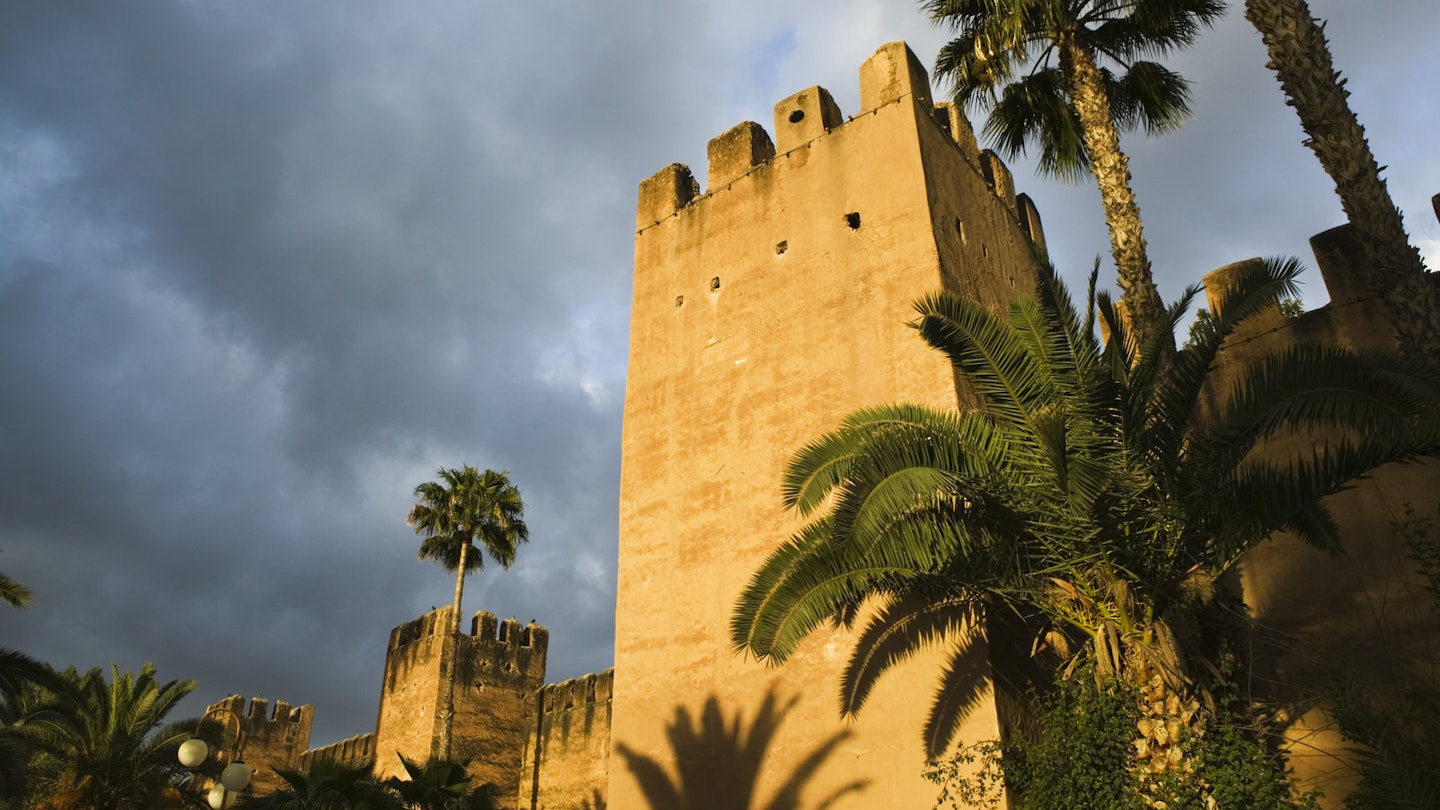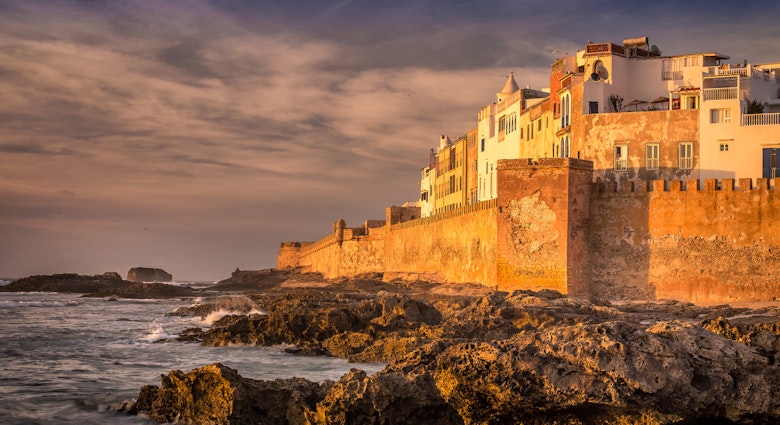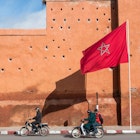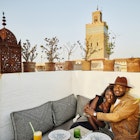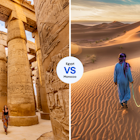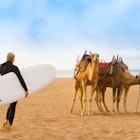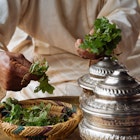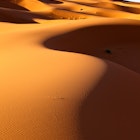As Morocco's popularity grows, it gets harder to go off the beaten track. Must-do Marrakesh, the High Atlas and Essaouira are some of the country’s most popular destinations, but head south to discover three off-the-radar alternatives where you can immerse yourself in Berber culture, mountains and surf without the crowds.

If you like Marrakesh … try Taroudant
Dubbed ‘mini Marrakesh’, Taroudant is a trading town in the fertile Souss Valley, encircled by magnificent honey-coloured ramparts and backed by the peaks of the High Atlas and Anti Atlas. Five centuries ago it was a short-lived capital of the Saadian dynasty before it was discarded in favour of the Red City. There aren’t any must-see sights, but Taroudant’s unhurried pace, laid-back souqs and lack of tourists make it a delightful place to linger. Explore the city walls by horse-drawn caleche (carriage) and dip into the ancient kasbah, stopping off at the Hotel Palais Salam, a former pasha’s palace turned faded hotel, where you can stroll around the tiled salons and Moorish gardens for the price of a mint tea.
The Sunday souq is the place to pick a long-lashed camel or a gigantic watermelon, while Taroudant’s two daily, hassle-free markets sit either side of the main square, Place Assareg. In the Souq Berbère, you’ll find pyramids of vibrantly coloured spices and piles of seasonal fruits. The older Souq Arabe is for local handicrafts such as terracotta pots, colourful ceramics, handwoven baskets and leather goods. The leather comes from the tanneries just outside Bab Taghrount, smaller than those in Marrakesh and Fez but no less authentic – or smelly.
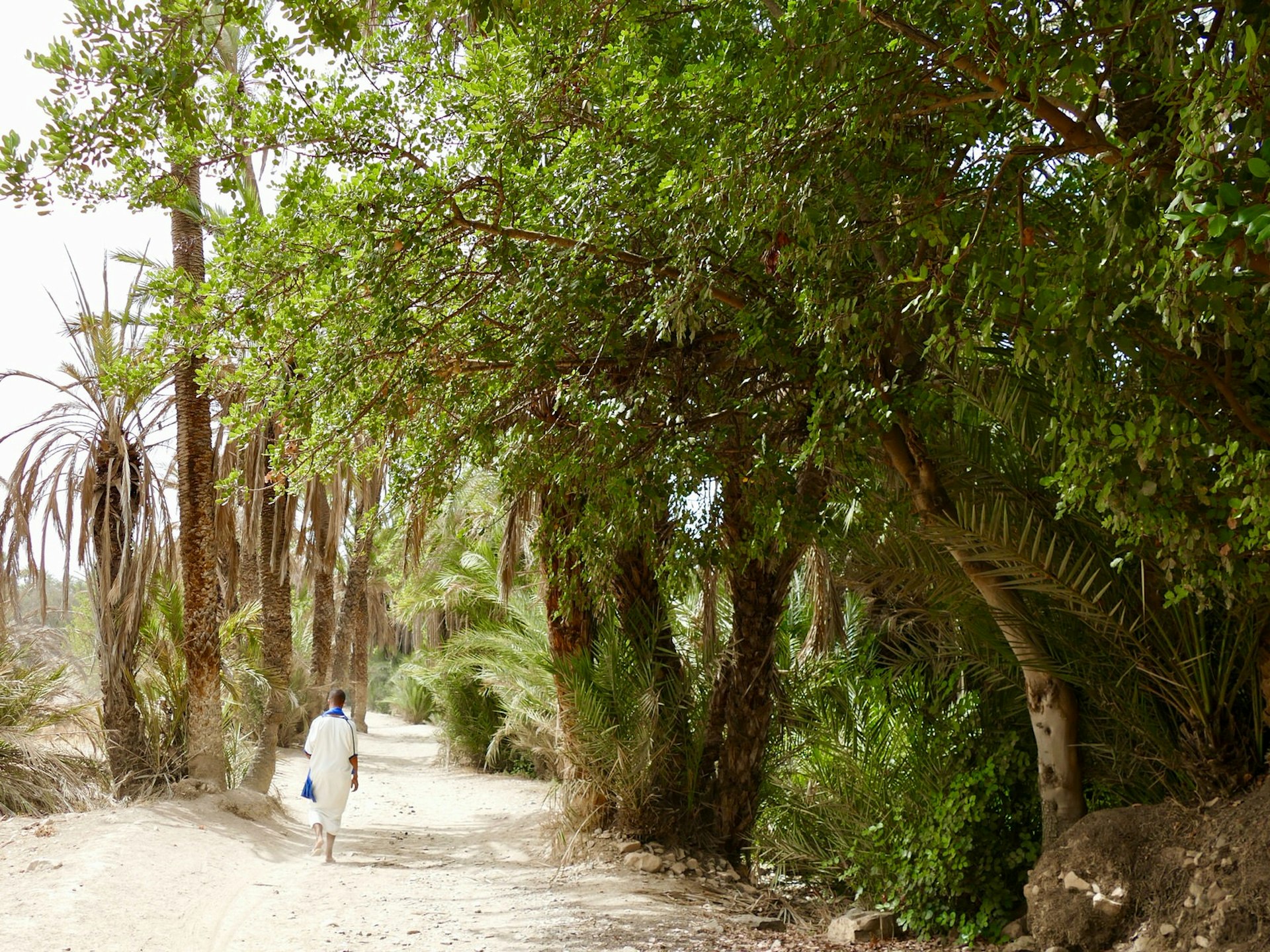
North of Taroudant, Palais Musee Claudio Bravo, the dream home of the late Chilean hyperrealist artist is now open to the public. A guided tour (Dh200) will take you through private suites decorated with his collection of global art and antiques – perhaps a Japanese print, an Iranian chair or an Indian chest – and his workshop, where his last painting still stands on the easel. At the Tioute Oasis, 30km southeast of Taroudant, a luxuriant palm grove rises out of the sun-baked earth, and locals cultivate date palms, mint, alfalfa, bitter orange, figs and prickly pear, known as Berber fig, using age-old irrigation systems, all overlooked by the ruins of an impressive kasbah.
Where to eat
If you’re tired of tagines, head to Sidi ou Sidi, a beautifully restored, art-filled medina house, where you can enjoy pasta, salads and sweet treats in the bright salons or the plant-filled roof terrace. It has a small boutique selling local handicrafts too.
Where to sleep
At the tranquil Dar Al Hossoun, 7km from the centre, individually decorated rooms, filled with colourful rugs and weavings, are tucked around a lush garden of cacti, orange groves and fragrant jasmine. There are two swimming pools and a small spa with a traditional hammam, and meals are Moroccan-meets-Mediterranean. It’s heaven for cat lovers, with 20 or so rescued felines calling the dar home. If you can tear yourself away, the owners organise a host of excursions, including to Souss-Massa National Park.

If you like the High Atlas … try Tafraoute in the Anti Atlas
Less-visited than the High Atlas’ well-worn trails, the region around Tafraoute is Morocco’s Berber heartland, where tribes and traditions hold firm. Surrounded by hilltop kasbahs, picturesque villages and verdant palm oases, it makes the perfect base for adventurous hikers and climbers, drawn by the rugged mountains of the Anti Atlas and its ancient Berber routes. At 2359m above sea level, Jebel El Kest is the region’s highest peak, but there are more gentle hiking and cycling routes along the Ameln Valley, dotted with villages, some long abandoned, that blend into the craggy landscape. La Maison Traditionelle in Oumesnat offers a fascinating insight into a fast-disappearing way of life. Ahrass Abdeslam, blind since childhood, will show you around his grandparents’ house, with its thick walls made of earth and stone and two doors – one for people, the other for goats and donkeys – explaining the ancient tools and traditions of the Anti Atlas, followed by music and mint tea in the salon.
Wednesday is market day, when farmers gather to sell their produce. Tafraoute is the country’s largest almond producer, home to the springtime Almond Blossom Festival, and amlou – a sweet mix of almonds, argan oil and honey nicknamed the ‘Moroccan Nutella’ – is a must-try. The small, hassle-free souq is the place to pick up good-value woodwork and silver jewellery, along with men's yellow leather mountain babouche (slippers) and women's richly embroidered shoes – the elaborate designs reveal if the wearer is married or single.

A rock formation known as Le Châpeau de Napoléon, or Napoleon’s Hat, looms over the pretty village of Aguerd-Oudad, 3km south of Tafraoute, while 4km further on, the Painted Rocks are one of the region’s most iconic symbols. Painted in vibrant blues and reds by Belgian artist Jean Verame in 1984, the rocks are sun-faded but still surreal.
Where to eat
Chez Sabir (down a no-name alleyway off the main road; ask a local) is the home-turned-restaurant of Abdellatif Bakrim, who comes from a long line of traditional Berber cooks. Expect flavoursome harira soup (a spicy mix of chickpeas, lentils and tomatoes), all manner of Moroccan salads and tasty tagines.

Where to sleep
Chez Amaliya Auberge Kasbah is tucked into the Ameln Valley, overlooked by La Tete du Lion, or Lion’s Head boulder. Rooms surround a large swimming pool, perfect when the temperature soars, and you can dine alfresco on everything from tagines to pizza. The multilingual staff can organise a range of excursions or provide information on self-guided hikes and climbs.
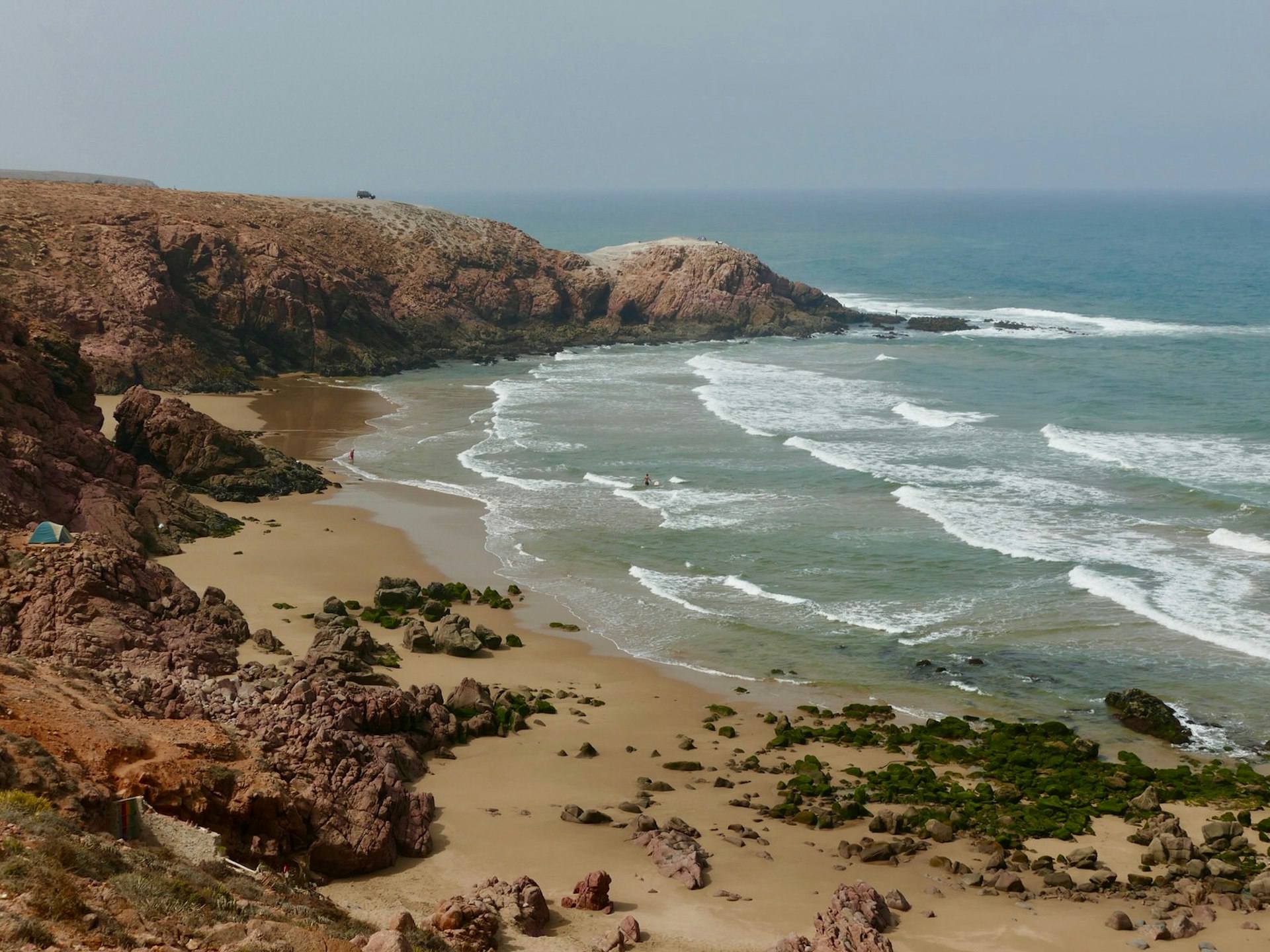
If you like Essaouira … try Mirleft
Sitting where the mountains meet the Atlantic Ocean, sleepy Mirleft has a string of pristine – and, outside of Moroccan holidays, often deserted – beaches, a burgeoning surf scene and charming guesthouses, and makes a low-key and less windy alternative to Essaouira. With a mild, dry climate year-round and a relaxed vibe, it’s long been popular with artists, musicians and backpackers, many of whom arrived and never left, creating a diverse expat scene. It’s also now becoming increasingly well known by watersports enthusiasts. Budget-friendly Spot-M will take out experienced and novice surfers for group and individual lessons, and they run week-long surf camps with yoga thrown in. Adrenaline addicts can try their hand at paragliding with Abertih Paragliding (based at Hotel Abertih) off the lofty Le Nid d'Aigle, or Eagle’s Nest, or there’s quad biking, horse riding and trekking on offer.
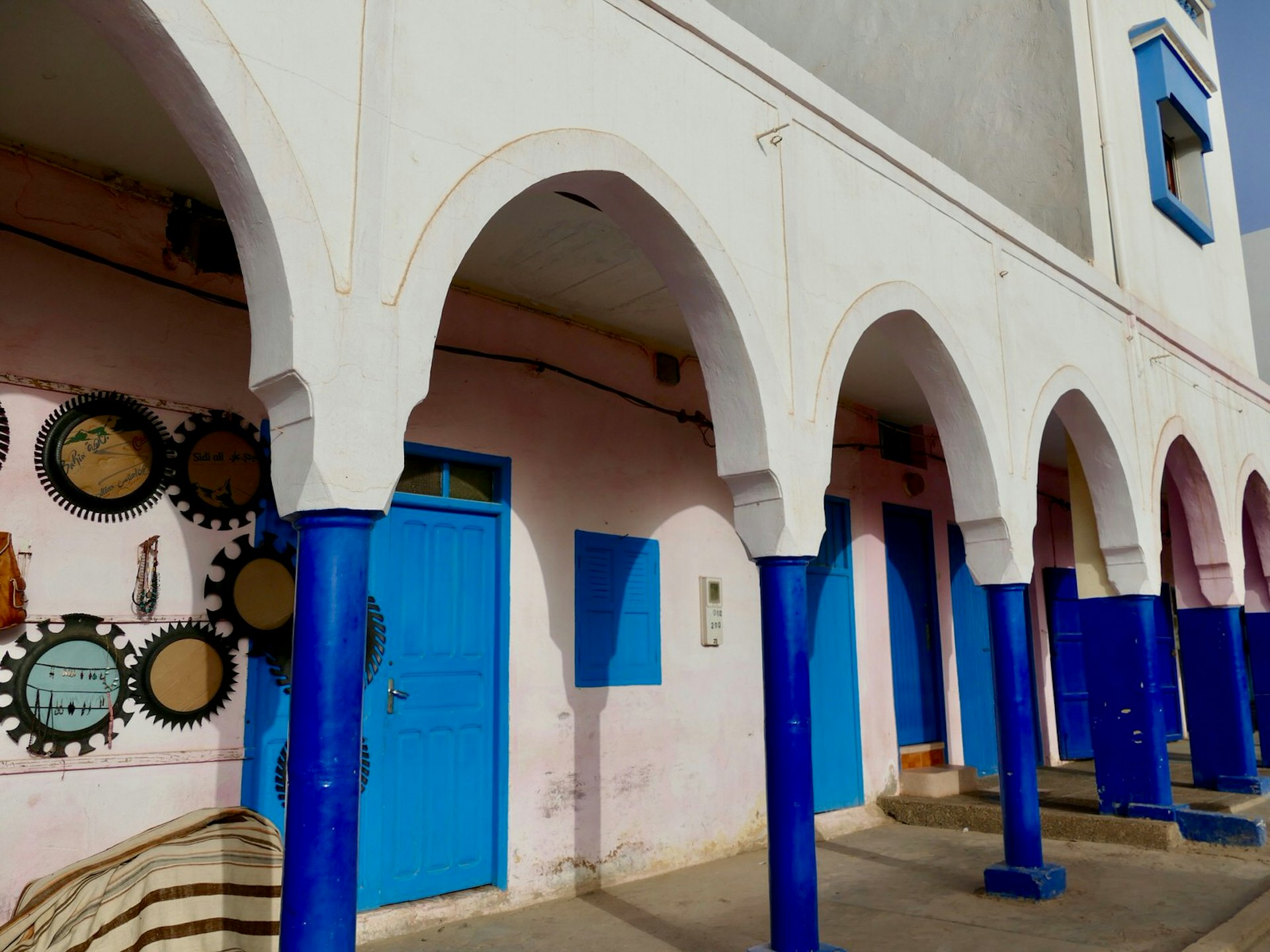
The beaches are the biggest draw, from the popular Imin Tourga beach, where women sunbathe in everything from bikinis to burkinis, impromptu football matches kick off and grumbling camels plod along the surf, south down the wild Atlantic coast to Legzira, home to a stunning natural stone arch. Mirleft itself has just two main roads with a smattering of shops, cafes and ice cream parlours, a small fish market surrounded by smoky grillades (try the mussel tagine), and it’s worth climbing up to the old, Spanish military fort at sunset for spectacular views.
Where to eat
Be sure to visit Hassan at the long-standing Le Café de Pecheur, a rustic restaurant on Aftas beach (ask a local if you can’t find it). He partied up a storm in the ‘60s and ‘70s when legendary rock stars like Jimi Hendrix and Patti Smith came to town. Today he serves up just-caught sea bass, squid, grilled sardines and some hypnotic live music.
Where to sleep
In the cliff-top Les Amicales neighbourhood, Sally’s B&B is less hotel, more home-from-home, with front-row views over Mirleft’s most popular grand plage (beach). The villa mixes up Moroccan and marine themes, and the homemade breakfast is served around the communal table or on the terrace. Sally, a longtime British expat, makes a great host, and she knows everything there is to know about Mirleft.
https://shop.lonelyplanet.com/products/morocco-travel-guide-12

